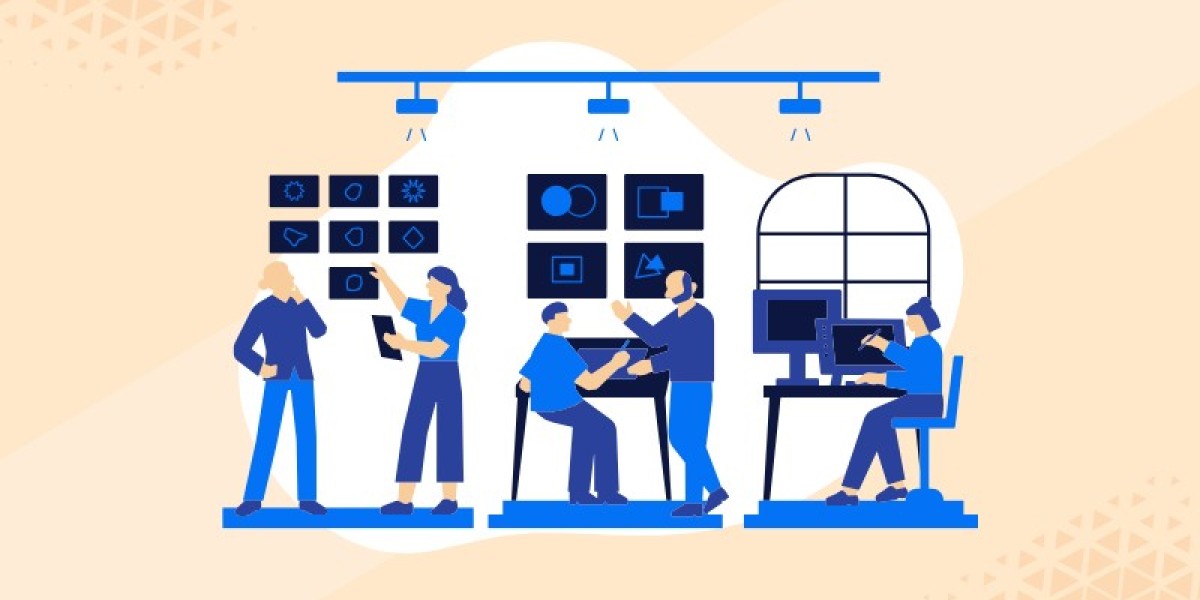picot nursing question examples
Conducting research in healthcare often involves formulating well-structured questions using the PICOT framework. The Population, Intervention, Comparison, Outcome, and Timeframe components of PICOT researches provide a systematic approach to crafting inquiries that guide evidence-based practice. Here are examples of PICOT research questions that could serve as the foundation for research papers in various healthcare domains:
### Example 1: Diabetes Management
**Population (P):** Adults diagnosed with type 2 diabetes
**Intervention (I):** Telehealth monitoring of blood glucose levels
**Comparison (C):** In-person monitoring of blood glucose levels
**Outcome (O):** Improved glycemic control and patient satisfaction
**Timeframe (T):** Assessed over a 6-month period
*In adults diagnosed with type 2 diabetes (P), does telehealth monitoring of blood glucose levels (I) compared to in-person monitoring (C) lead to improved glycemic control and increased patient satisfaction (O) over a 6-month period (T)?*
### Example 2: Maternal Health
**Population (P):** Pregnant women in their third trimester
**Intervention (I):** Prenatal yoga sessions
**Comparison (C):** Standard prenatal care without yoga
**Outcome (O):** Reduction in maternal stress levels and improved birth outcomes
**Timeframe (T):** Evaluated at the end of the pregnancy
*In pregnant women in their third trimester (P), does participation in prenatal yoga sessions (I) compared to standard prenatal care without yoga (C) result in a reduction in maternal stress levels and improved birth outcomes (O) at the end of the pregnancy (T)?*
### Example 3: Pediatric Asthma Management
**Population (P):** Children aged 5-12 with asthma
**Intervention (I):** Mobile health app for asthma symptom tracking
**Comparison (C):** Traditional paper-based symptom tracking
**Outcome (O):** Decreased frequency of asthma exacerbations and improved adherence to medication
**Timeframe (T):** Assessed monthly over a 1-year period
*Among children aged 5-12 with asthma (P), does the use of a mobile health app for asthma symptom tracking (I) compared to traditional paper-based tracking (C) result in a decreased frequency of asthma exacerbations and improved adherence to medication (O) over a 1-year period (T)?*
### Example 4: Nurse Staffing Levels
**Population (P):** Hospitalized patients in a medical-surgical unit
**Intervention (I):** Adequate nurse staffing levels as per recommended ratios
**Comparison (C):** Suboptimal nurse staffing levels
**Outcome (O):** Reduction in patient mortality rates and hospital-acquired infections
**Timeframe (T):** Analyzed quarterly over a 2-year period
*In hospitalized patients in a medical-surgical unit (P), does maintaining adequate nurse staffing levels (I) compared to suboptimal staffing levels (C) result in a reduction in patient mortality rates and hospital-acquired infections (O) analyzed quarterly over a 2-year period (T)?*
### Example 5: Mental Health Intervention
**Population (P):** Veterans with post-traumatic stress disorder (PTSD)
**Intervention (I):** Equine-assisted therapy
**Comparison (C):** Standard cognitive-behavioral therapy
**Outcome (O):** Decreased PTSD symptoms and improved overall well-being
**Timeframe (T):** Evaluated after 12 weekly therapy sessions
*Among veterans with post-traumatic stress disorder (PTSD) (P), does equine-assisted therapy (I) compared to standard cognitive-behavioral therapy (C) result in decreased PTSD symptoms and improved overall well-being (O) after 12 weekly therapy sessions (T)?*
These PICOT research paper examples showcase the versatility of the framework across various healthcare research domains. They provide a structured foundation for conducting studies, collecting data, and analyzing outcomes, ultimately contributing to evidence-based practices and advancements in healthcare.


